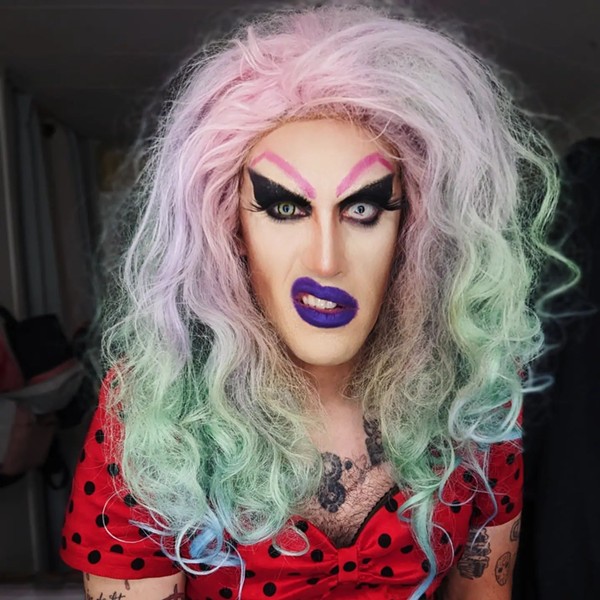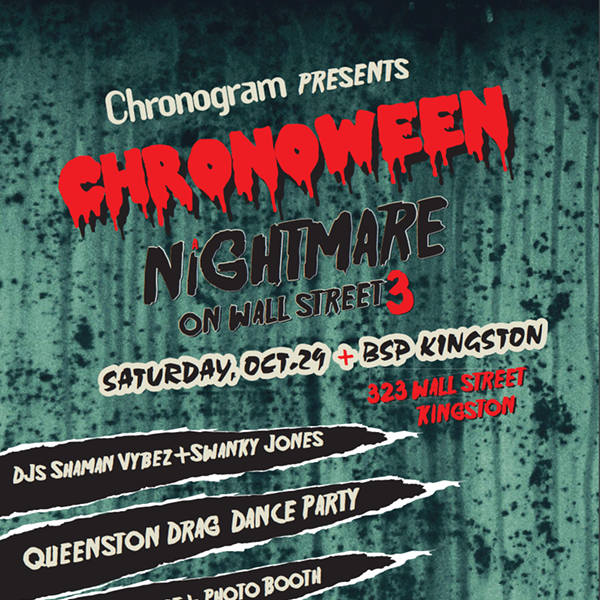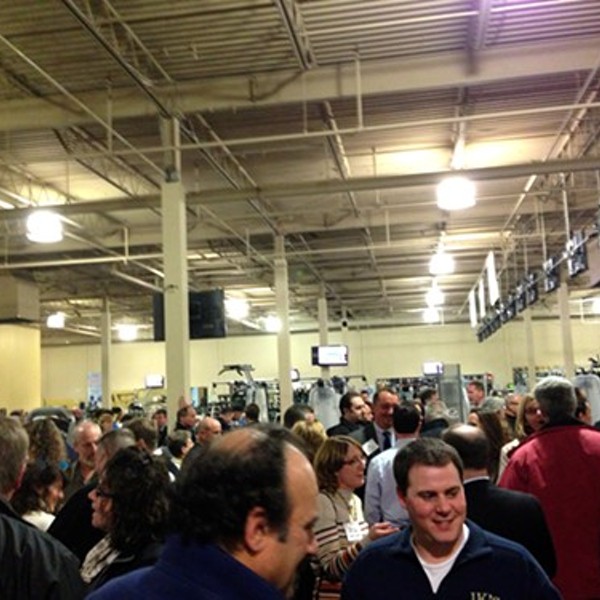The 1990s belonged to the drag queen. RuPaul became a media star and two drag films, The Adventures of Priscilla, Queen of the Desert and To Wong Foo, Thanks for Everything, Julie Newmar, grabbed heartland America by the short hairs. Their plots are similar: A trio of transvestites ventures into a rural area and shakes up country folk who never saw a man tottering on high heels. By the final scene, the interlopers have provided not only makeup tips, but also a lesson in compassion. Roll credits.
Pure Hollywood fiction? Guess again. Four decades before Patrick Swayze donned a wig and eyeliner in To Wong Foo, rural Greene County was home to a sorority of male cross-dressers.
Silver Springs was a vacation colony located in tiny Jewett, five miles south of Hunter. It attracted urbanites seeking respite from punishing city summers in the era before air conditioning. Sited on a picturesque but isolated 150-acre patch of land, it offered snug, unheated bungalows that stood adjacent to a barn and main house. When the property changed hands in the mid-1950s, it was renamed Casa Susanna and repurposed drastically: as a refuge for men eager to make contact with their inner woman.
For $25 per weekend, visitors—mostly Manhattan businessmen—were fed three squares and taught the finer points of “passing”; that is, developing a feminine masquerade that escaped detection. This included navigating a sidewalk in pumps, grasping a cigarette between polished nails, and applying foundation to obscure a five o’clock shadow.
The headmaster of this finishing school was Tito Valenti. A New York court translator, he preferred the name Susanna when wearing wigs and evening frocks, which did little to soften his gangster-like mug. While director Ed Wood was wrapping himself in angora, Valenti was at the vanguard of an underground American cross-dressing movement. He penned a regular column for a tranny magazine and offered charm lessons for the novice in his city apartment, which he shared with his wife Marie, the proprietor of a Fifth Avenue wig shop. As his clientele grew, Valenti needed more room. Marie purchased the acreage with her wig-store profits and the place thrived as both a safe harbor and a playground for more than a decade.
The selection of this remote Catskills location was not merely a matter of discretion; it was an act of preservation. Numerous cities considered cross-dressing a perversion, and transvestitism earned you a jail cell. (In New York state, the laws were more abstruse—men were allowed to wear female street clothes if deception was not the goal. When questioned by a police officer, you were obliged to admit your true gender.) Still, homosexuality was illegal nationwide, and hypervigilant cops in the McCarthy era made no distinction between cross-dressing heterosexuals and cross-dressing homosexuals.
The colony in the woods of Greene County was a hidden world. And an open secret. A number of local citizens knew about it. Cross-dressers spoke of it with respect. And it proved a fascinating locus for study by social scientists. (A protégé of sexologist Dr. Alfred Kinsey once spent a weekend.) But the teardrop veil of secrecy surrounding the place was finally and fully teased away two years ago with the publication of a coffee table book titled Casa Susanna by Michel Hurst and Robert Swope (PowerHouse Books, 2005).
“It is not a simple case of a gay story,” said Hurst, in a recent interview.
“Or about drag queens,” added Swope, speaking on the extension from their weekend home in rural Pennsylvania.
Swope, a habitué of Manhattan’s 26th Street flea market, made the discovery on a routine Saturday excursion. Rooting around in a box, he unearthed snapshots from the Jewett hideaway. There were 400 photographs in all. Glued to the inside cover of one photo album was Susanna’s business card, listing her occupation as a female impersonator.
Save for a foreword by Swope, Casa Susanna is a textless compilation of 120 color and black-and-white snapshot images. The eye is initially drawn to the vintage detail: tiled floors, midcentury furniture covered in plastic, kitchen bric-a-brac. Then you consider the mostly unremarkable women with ill-fitting wigs, overreaching for prim, white-gloved, Eisenhower-era glamour. But a closer look reveals more: the vulnerability in each face as they stare down a camera they pray will capture their intended femininity. Hurst and Swope emphasize that most visitors to Casa Susanna were married and considered themselves heterosexual. It was a time before transgender manifestos and gender reassignment. These men simply lived with their contradictions.
“They are trying to escape the gender role they have been made prisoner of,” Hurst said. “There is a part of all of us that wants to escape the narrow reality we are living in.” (Hurst and Swope are in touch with several surviving members of the colony, and collected some of their correspondence, but refused to provide contact information for this article, citing concerns for privacy.)
The ladies’ incessant photographing of themselves bordered on the obsessive. One snapshot in the book offers a field day for Sontagian deconstructionists. Five cross-dressers crowd a bungalow room. Three of them, crouching, have trained their old Kodaks on one standing, who also holds a camera. The remaining queen is playfully snapping the unseen photographer of this scene.
“Photography was essential to them,” said Michel Hurst. “Photography was proof that they existed.”















